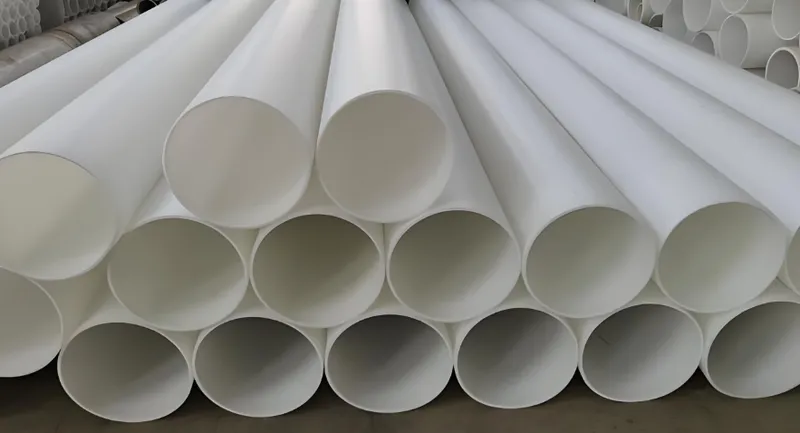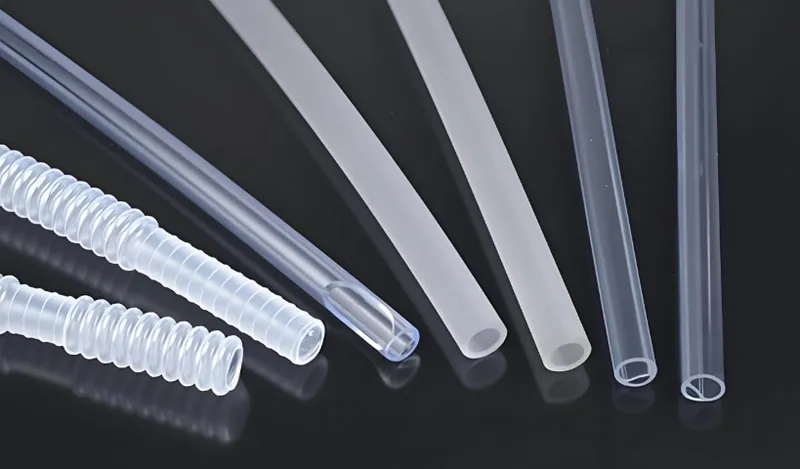3D printing has transformed prototyping1, particularly for parts destined for extrusion manufacturing2. By enabling the rapid creation of physical models, it facilitates design iteration and validation, saving time and reducing costs before committing to expensive extrusion setups.
3D printing3 accelerates prototyping for extrusion by producing accurate, functional models quickly, allowing designers to test and refine parts before mass production.
This article explores how 3D printing supports prototyping for extrusion, its benefits, limitations, applications, and technical considerations.
3D printing accelerates the design process for extruded parts.True
By enabling rapid prototyping, designers can iterate and test designs much faster than with traditional methods.
- 1. What is the Role of 3D Printing in Prototyping for Extrusion?
- 2. What are the Benefits of Using 3D Printing for Extrusion Prototyping?
- 3. What are the Limitations of 3D Printing in This Context?
- 4. How Does 3D Printing Compare to Other Prototyping Methods for Extrusion?
- 5. What are the Typical Applications of 3D Printing in Extrusion Prototyping?
- 6. What is the Process of Using 3D Printing for Extrusion Prototyping?
- 7. What Materials are Used in 3D Printing for Extrusion Prototyping?
- 8. How to Choose the Right 3D Printing Technology for Extrusion Prototyping?
- 9. Conclusion
What is the Role of 3D Printing in Prototyping for Extrusion?
3D printing, or additive manufacturing, creates prototypes of parts that will be produced via extrusion—a process where material is pushed through a die to form continuous shapes. Its role is to provide a fast, cost-effective way to test fit, form, and function, ensuring designs are optimized before extrusion tooling is developed.

What are the Benefits of Using 3D Printing for Extrusion Prototyping?
- Speed: Prototypes can be printed in hours or days, compared to weeks for traditional methods.

-
Cost-Effectiveness: Ideal for small runs, avoiding the high setup costs of extrusion prototyping.
-
Design Flexibility4: Enables complex geometries that may be challenging to extrude, fostering innovation.
What are the Limitations of 3D Printing in This Context?
-
Material Properties5: 3D printed parts may not fully replicate the mechanical properties of extruded materials.
-
Accuracy: Precision varies by technology, potentially differing from extrusion tolerances.

- Post-Processing: Additional steps like sanding may be needed for surface quality.
3D printed prototypes can fully replace traditional prototyping methods for extrusion.False
While excellent for early-stage prototyping, traditional methods may be needed for final validation due to material and accuracy differences.
How Does 3D Printing Compare to Other Prototyping Methods for Extrusion?
| Method | Speed | Cost | Accuracy | Material Fidelity |
|---|---|---|---|---|
| 3D Printing | High | Low for small runs | Medium to High | Medium |
| CNC Machining | Medium | High | High | High |
| Manual Prototyping | Low | Variable | Medium | Variable |
What are the Typical Applications of 3D Printing in Extrusion Prototyping?
-
Automotive: Prototyping seals, trims, and profiles.
-
Construction: Testing window and door frames.
-
Consumer Goods: Validating packaging and plastic profiles.
| Industry | Application | 3D Printing Technology |
|---|---|---|
| Automotive | Seals and trims | FDM with TPU |
| Construction | Window frames | FDM with ABS |
| Consumer Goods | Packaging profiles | SLA for detail |
What is the Process of Using 3D Printing for Extrusion Prototyping?
-
Design: Create a CAD model of the part.
-
Material Selection: Choose a material mimicking the extruded product.
-
Printing: Produce the prototype using a 3D printer.
-
Post-Processing: Remove supports or finish surfaces as needed.
-
Testing: Assess the prototype’s performance.

- Iteration: Refine the design based on results.
What Materials are Used in 3D Printing for Extrusion Prototyping?
Material choice is critical to simulate extrusion properties:
-
Thermoplastics (FDM): ABS, PLA, PETG—common in plastic extrusion.
-
Resins (SLA): High-detail options for precise prototypes.
-
Specialty Materials: Polycarbonate for strength, polypropylene for chemical resistance.
The choice of 3D printing material is critical for accurate prototyping.True
Selecting a material that matches the final extruded material’s properties ensures the prototype’s relevance for testing.
How to Choose the Right 3D Printing Technology for Extrusion Prototyping?
Consider these factors:

-
Detail Required: SLA for precision, FDM for functionality.
-
Material Properties: Match the extruded material’s characteristics.
-
Budget and Timeline: FDM is cost-effective and fast; SLS suits complex parts.
Conclusion
3D printing is a powerful tool for prototyping extruded parts, offering speed, flexibility, and cost savings. While it may not fully replicate final material properties, its ability to streamline early-stage design makes it indispensable in modern manufacturing.
-
Discover the critical role of prototyping in product development and how it enhances design accuracy and efficiency. ↩
-
Learn about the extrusion manufacturing process and its integration with 3D printing for efficient production. ↩
-
Explore how 3D printing revolutionizes prototyping, offering speed and cost savings in design processes. ↩
-
Discover how design flexibility in 3D printing fosters innovation and allows for complex geometries. ↩
-
Understanding material properties is crucial for achieving desired results in 3D printing; learn more about their impact. ↩









